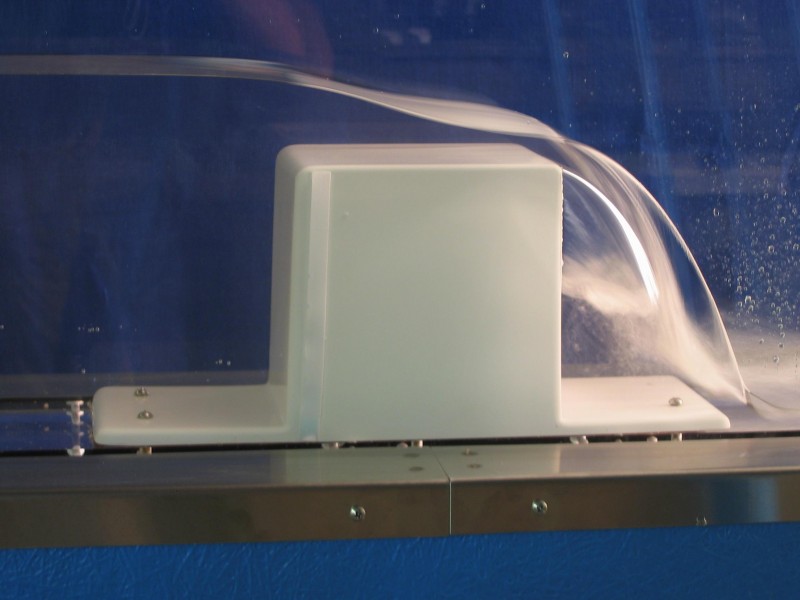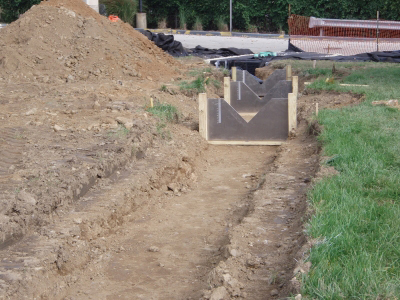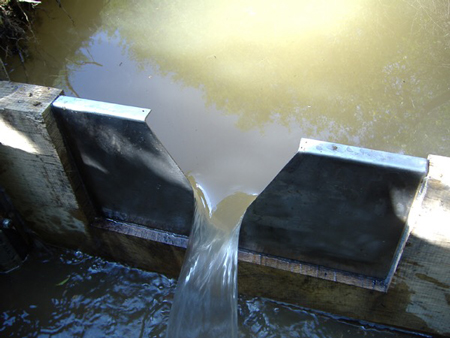This website uses a variety of cookies, which you consent to if you continue to use this site. You can read our Privacy Policy for
details about how these cookies are used, and to grant or withdraw your consent for certain types of cookies.
Advantages of Flow Measuring Weirs
At its most basic a weir is nothing more than a structure over which water flows. Their simple design and wide range of styles offer certain particular advantages.
Weirs can be take a number of different shapes: sharp-crested, short-crested, or long-created. They can further be rectangular, triangular, trapezoidal, and compound shapes. The wide array of shapes and sizes means that weirs can be adapted to a wide ranges of installations and flow rates.

Their simplicity of form means that weirs can be quite economical to make. While the installation can at times be more than a comparable flume, overall cost can still be low.

Weirs offer flexibility in where the head measurement it taken. So long as the point of measurement is out of the draw down zone of the weir notch (3-5 Hmax upstream), then any point in the weir pool can be used from which head readings can be made. This flexibility means that obstructions that might otherwise present a problem measuring the flow can be avoid and level readings can be taken where it is most convenient for the operator.

On clean flows, weirs require little in the way of maintenance. This is particular true for some treated industrial discharges - like metal finishing - where there are little to no solids or suspended sediments.

Many weirs have simple flow equations which makes field calculation of flows easy. Further almost all modern flow meters come preprogrammed with these equations (something that cannot be said for flumes).

Finally, weirs can be incorporated into natural channels, culverts, boxes, manholes, and other water conveying structures.
Images: ELD, Villanova University, The Devon Karst Research Society
Related Blog Posts
Explore more insights in our blog.

LOCATIONS IN ATLANTA, GA & BOISE, ID


